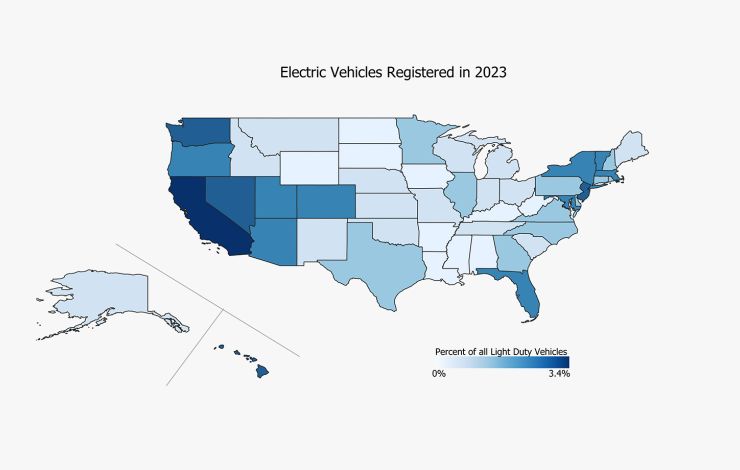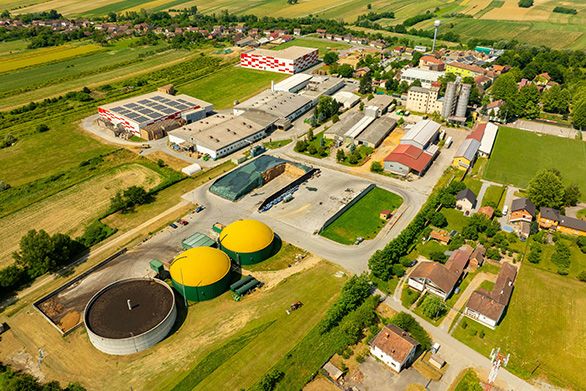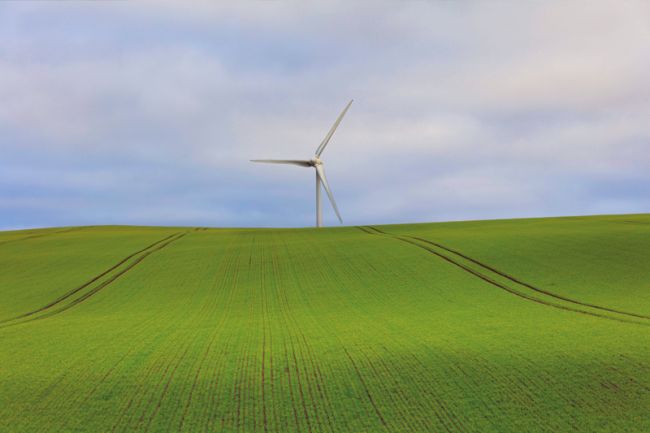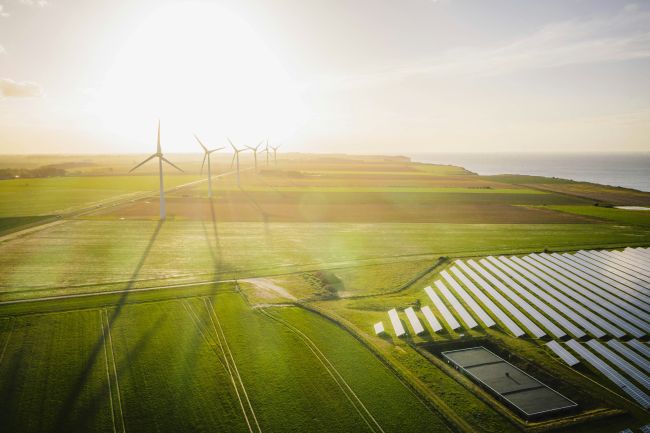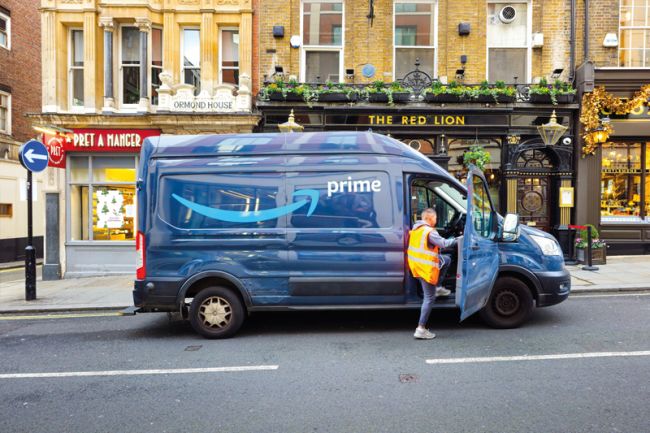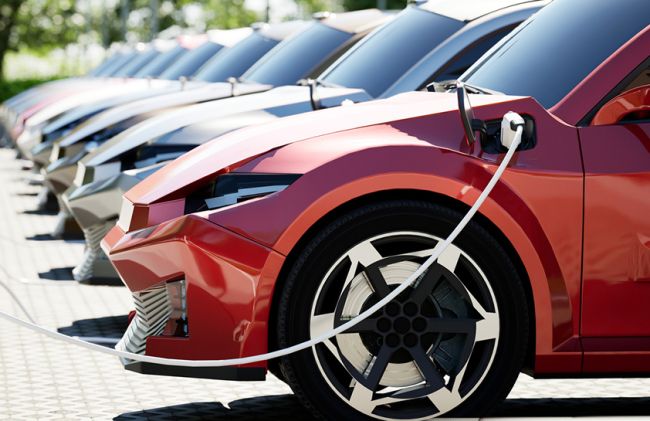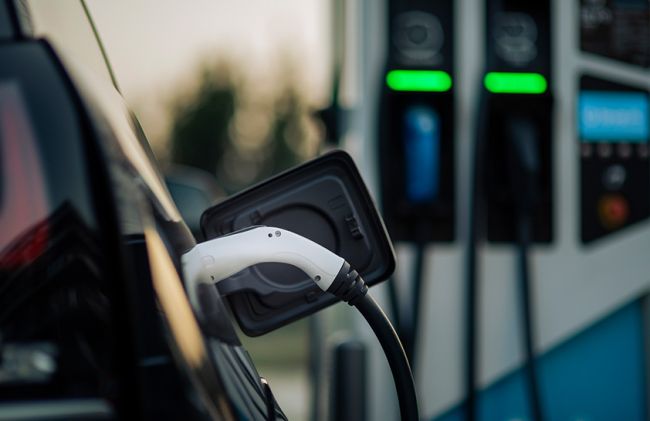Highway to the future: How far have electric vehicles penetrated the US market?
Explore the future of US highways and vehicle innovation in our 'Highway to the Future' series on EVs and decarbonization.
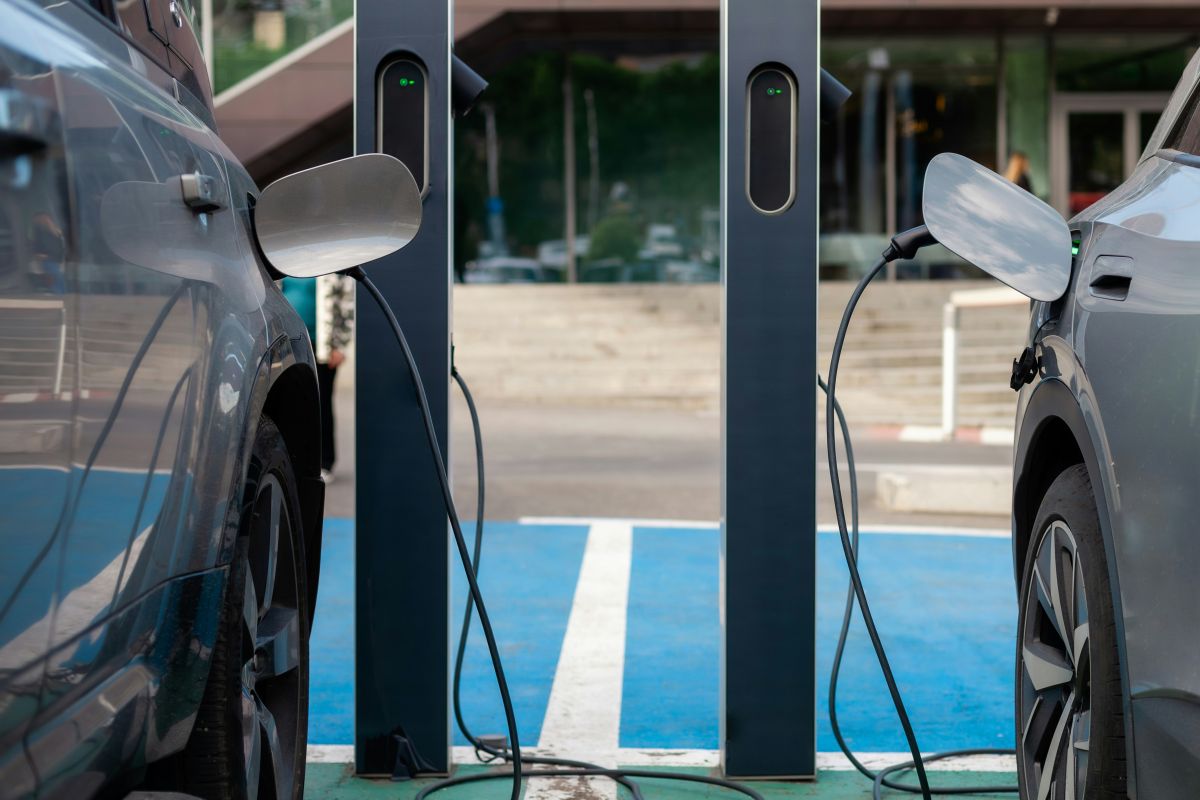
Every day, millions of US residents take to the nation’s highways, but what will these journeys look like in the future? In our ‘Highway to the Future’ series, our North American Infrastructure team will explore innovations that could shape the way ordinary Americans drive. From flying cars to electrification, our team of dedicated experts will unpack how ideas once considered impossible could soon be a fact of day-to-day life.
Since President Joe Biden was elected in 2020, the US Federal Government has had a broad and determined focus on decarbonization, and in no sector is that more obvious (or more needed) than that of personal vehicles.
The Biden Administration has a target that half of new vehicle sales will be zero-emission (including battery electric, plug-in hybrid and hydrogen fuel cell) by 2030, while the 2021 Bipartisan Infrastructure Law (BIL) allocates $7.5 billion to build a national network of 500,000 electric vehicle (EV) chargers in the same time frame.
Consumers purchasing an electric vehicle (EV) can receive up to $7,500 in tax credits for a new model and $4,000 for a used one, courtesy of Biden’s Inflation Reduction Act. Meanwhile, the government has committed to transitioning the federal fleet to zero-emission vehicles, targeting 100% zero-emission light-duty vehicle purchasing by 2027 and 100% zero-emission medium- and heavy-duty vehicles by 2035.
The love affair between Americans and their internal combustion engine (ICE) motor cars defined the 20th century, helped by the creation of the interstate highway network and car-centric urban design. Can the 21st century really see a wholesale switch from gas to electric?
Market penetration of EVs across the US
Ownership of EVs remains relatively small, but the overall percentage of electric registered light-duty vehicles nationwide has nonetheless increased dramatically for all states since 2016, going from 0.1% to 0.9%.
However, the spread of this low-carbon technology has not been even. High percentage take-up is largely concentrated along the West Coast, with California enjoying the highest market penetration, followed by Hawaii, Washington State and Oregon. Some of the sunbelt states likewise perform well, including Nevada, Arizona, Colorado, Florida, and Utah.
- California - 2.5%
- Hawaii - 1.8%
- Washington State - 1.5%
- Nevada - 1.3%
- Oregon and New Jersey - 1.2%
- Colorado - 1.1%
- Arizona - 1.0%
- Utah, Florida, Maryland and Massachusetts - 0.9%
- New York, Illinois, Connecticut and Virginia - 0.7%
- Texas, Delaware and Georgia - 0.6%
- New Hampshire, North Carolina, Pennsylvania, Rhode Island and Minnesota - 0.5%
- New Mexico, Oklahoma, Maine, Alaska and Michigan - 0.4%
- Idaho, Montana, Kansas, Tennessee, Indiana, Missouri, Ohio, South Carolina and Wisconsin - 0.3%
- Nebraska, Iowa, Kentucky, Arkansas, Louisiana and Alabama - 0.2%
- Wyoming, South Dakota, North Dakota, Mississippi and West Virginia - 0.1%
New Jersey ranks first in the Northeastern states, but Maryland and Massachusetts perform well, with New York, Connecticut, Delaware, New Hampshire and Rhode Island ranking in the middle.
Some midwestern and southern states like Illinois, Virginia, Texas, Georgia, and Minnesota perform well, but generally speaking, the bottom of the table is dominated by this geography.
State policies for EV adoption
The discrepancy in the take-up of vehicles can be explained through the wide variety of state-to-state legislation.
California has set a target for all new passenger vehicles sold to be zero-emission by 2035, a program which has since been replicated in 14 states: Colorado, Connecticut, Maine, Maryland, Massachusetts, Minnesota, New Jersey, Nevada, New Mexico, New York, Oregon, Rhode Island, Vermont, Virginia, and Washington. These states, along with Delaware, Pennsylvania, and the District of Columbia, also follow California’s Low-Emission Vehicle (LEV) standards to improve air quality.
Meanwhile, North Dakota, South Dakota, West Virginia, Mississippi and Wyoming are notable for their minimal EV legislation.
